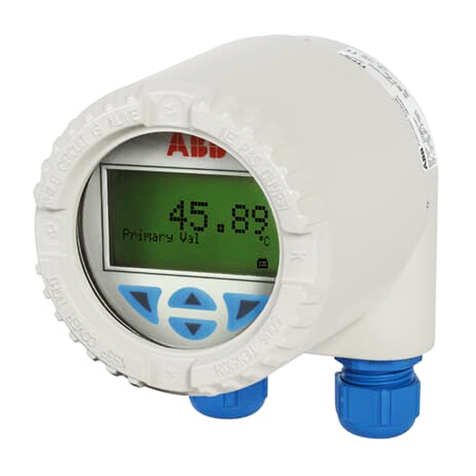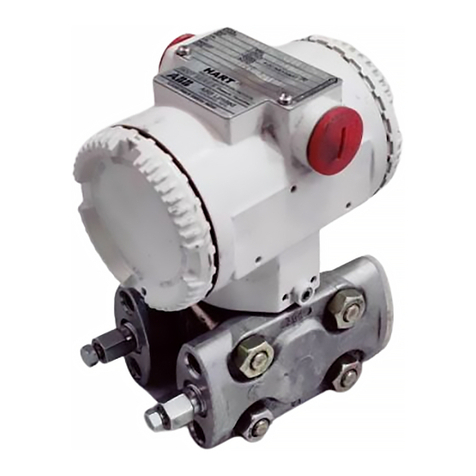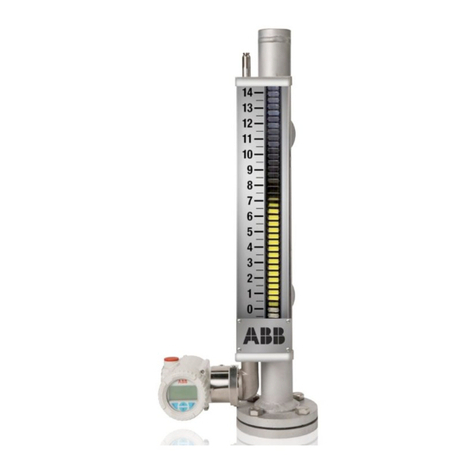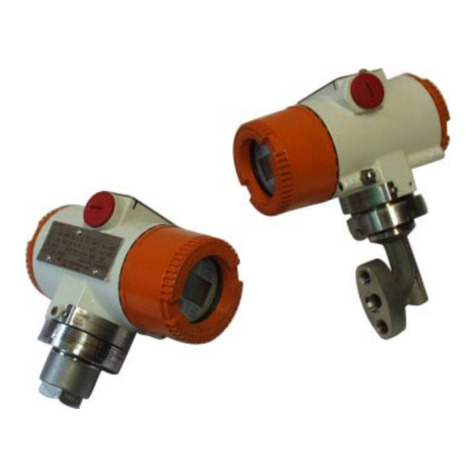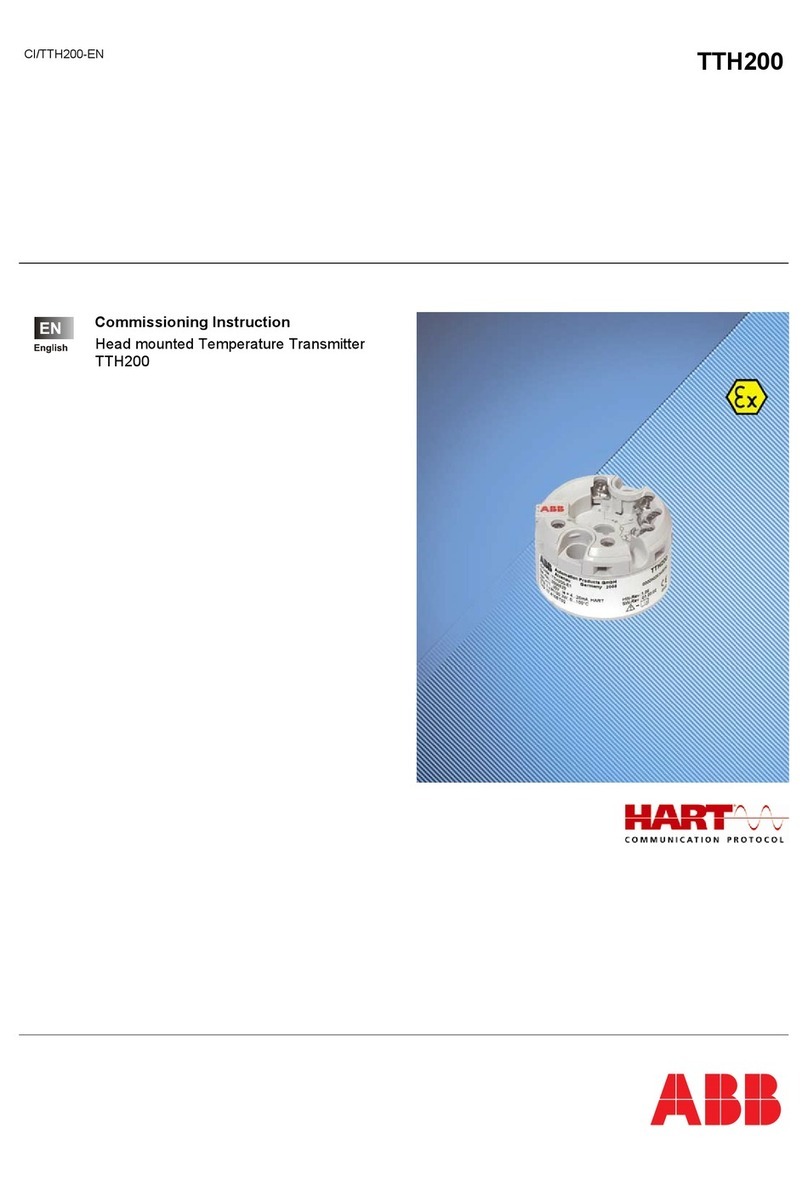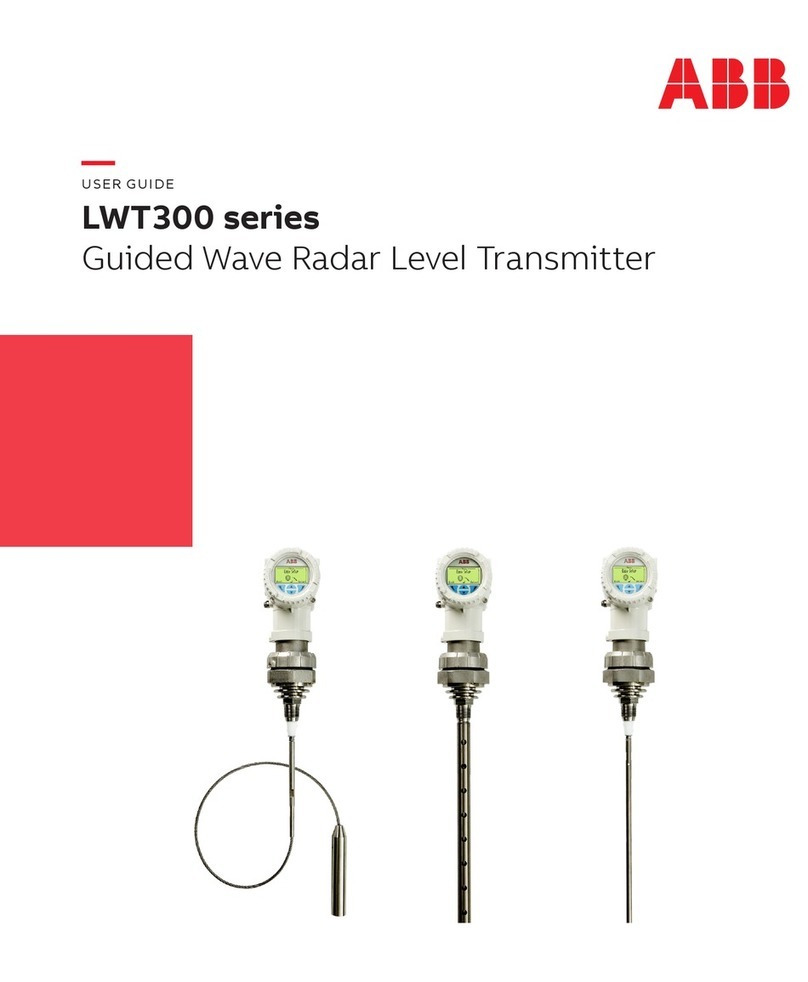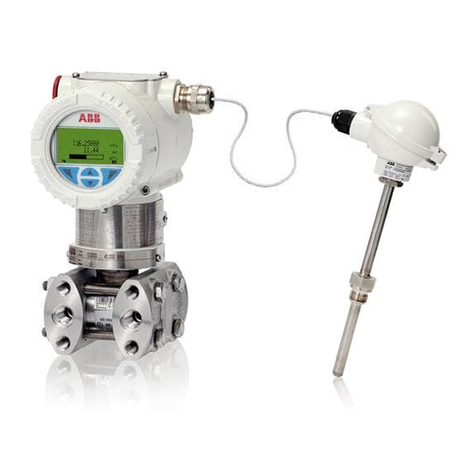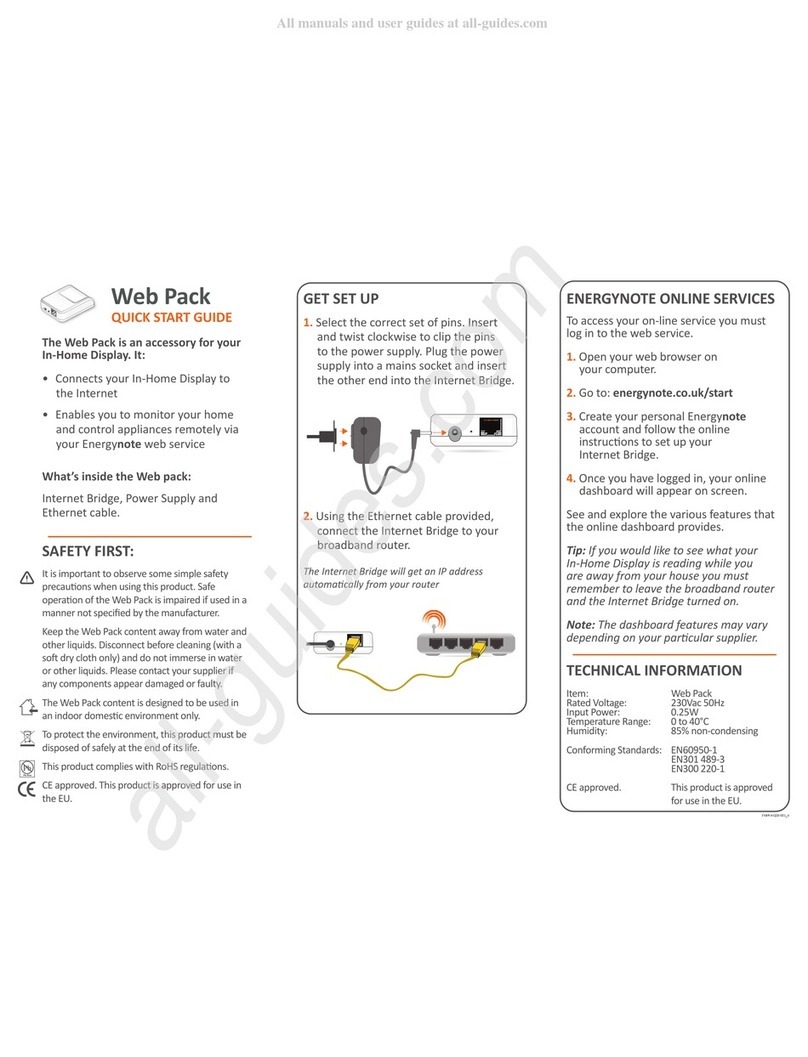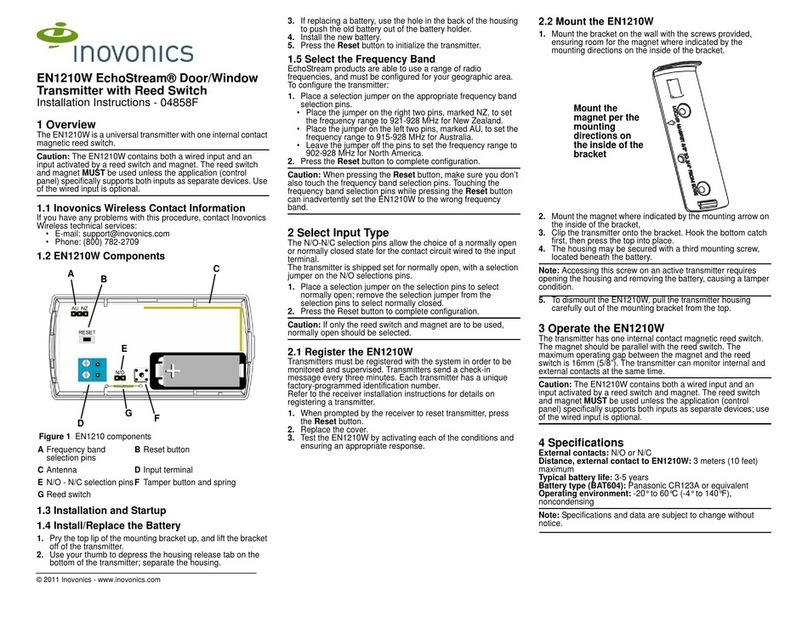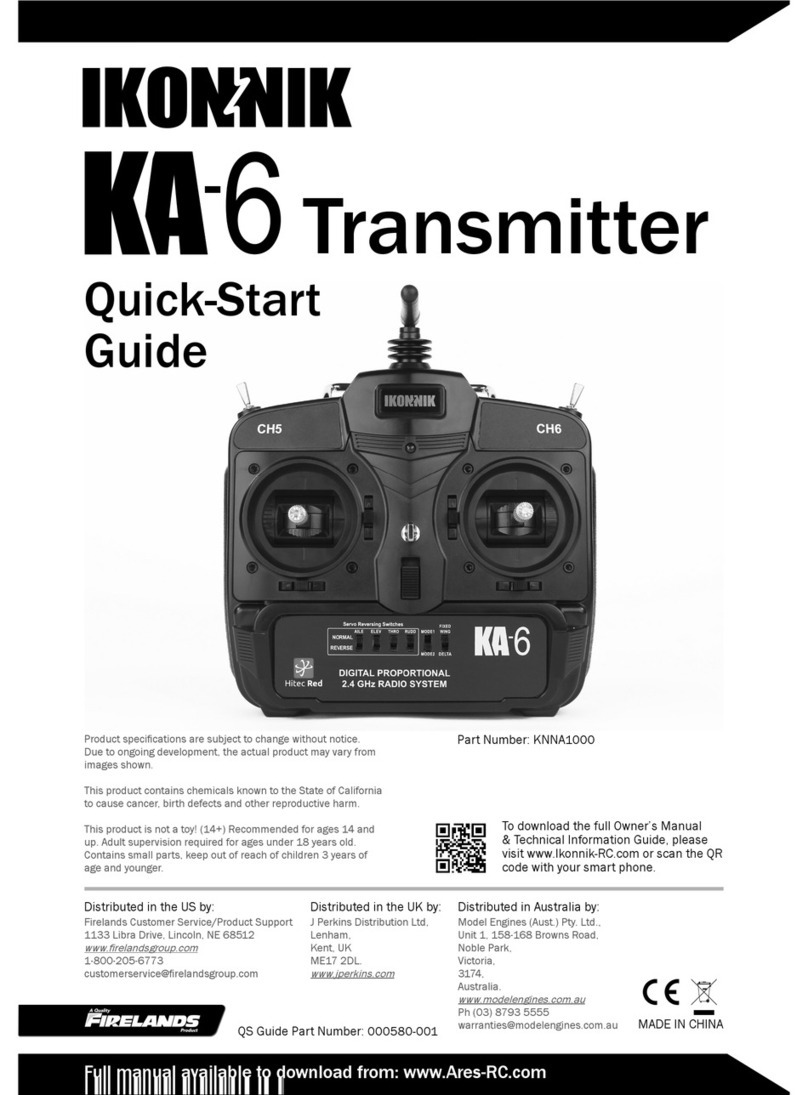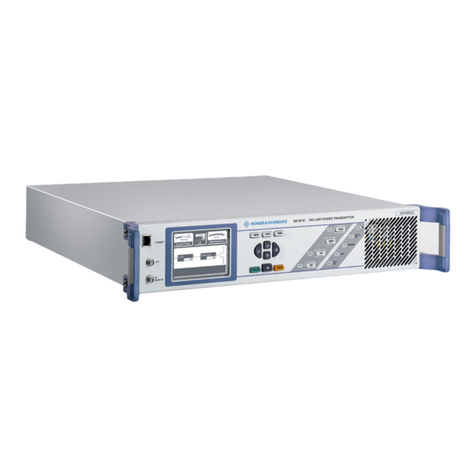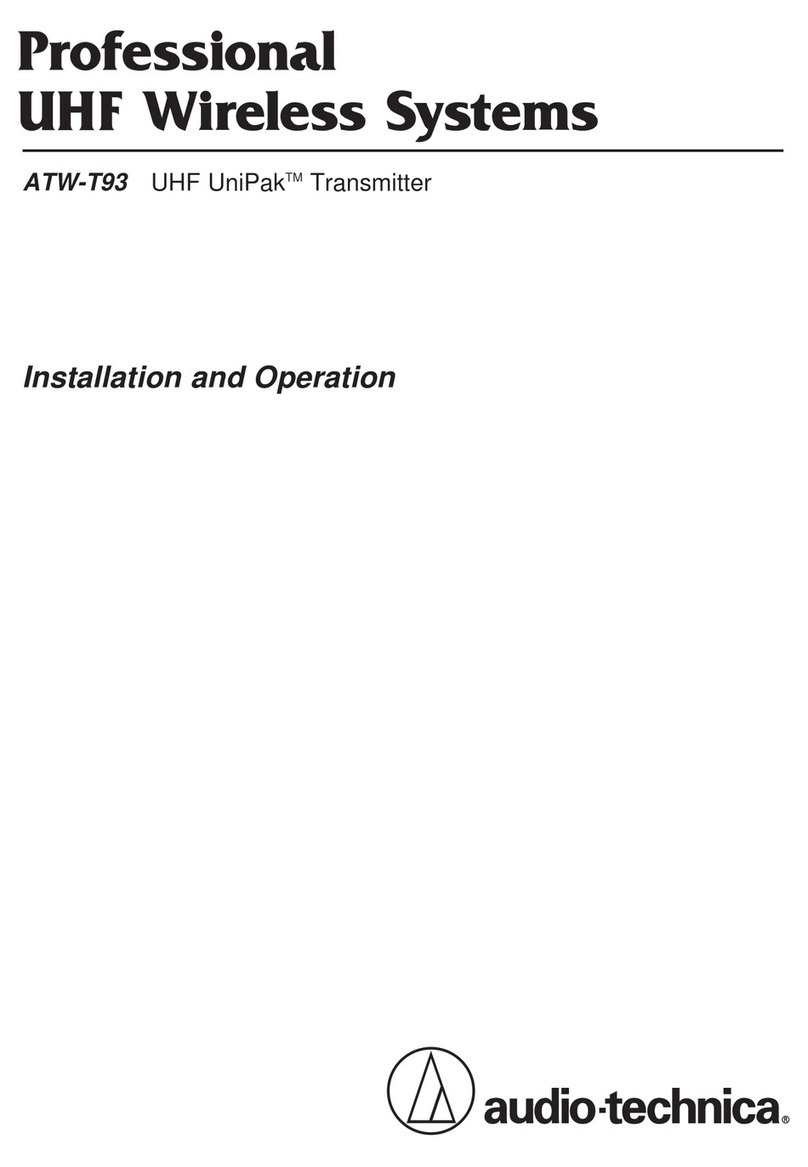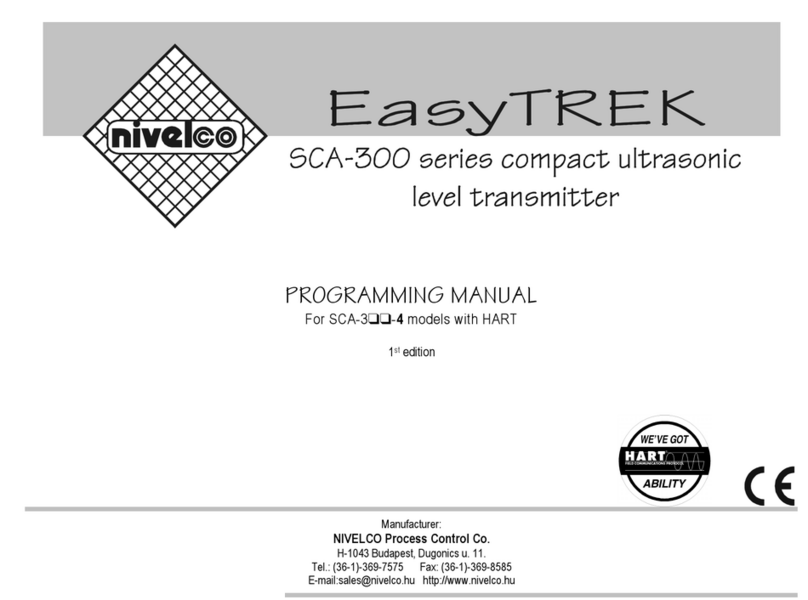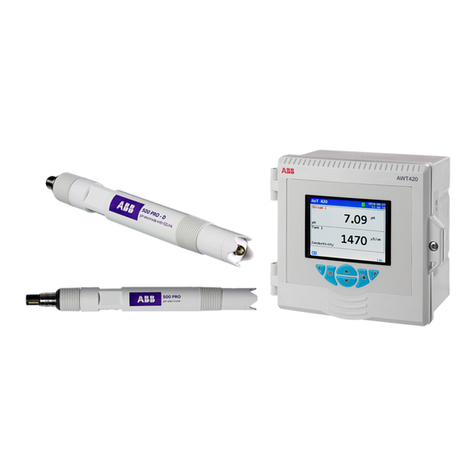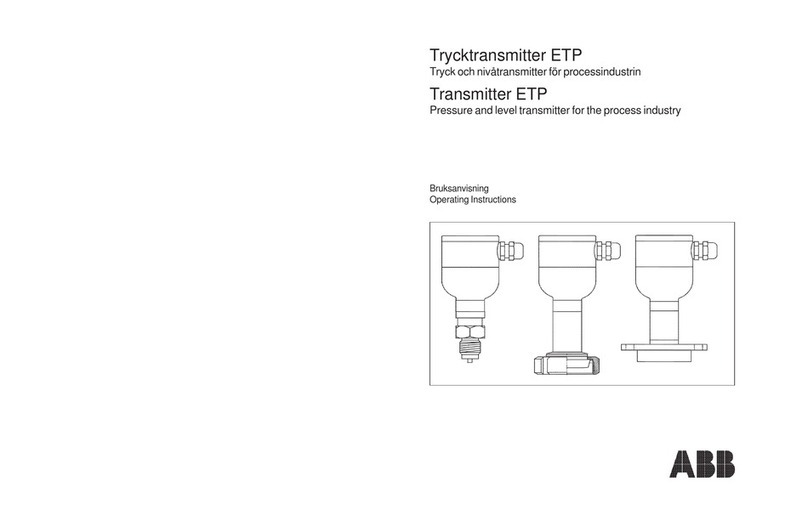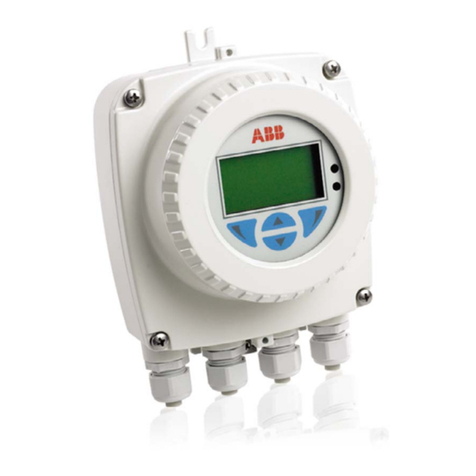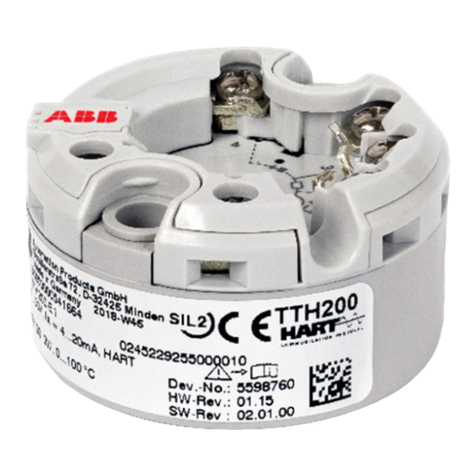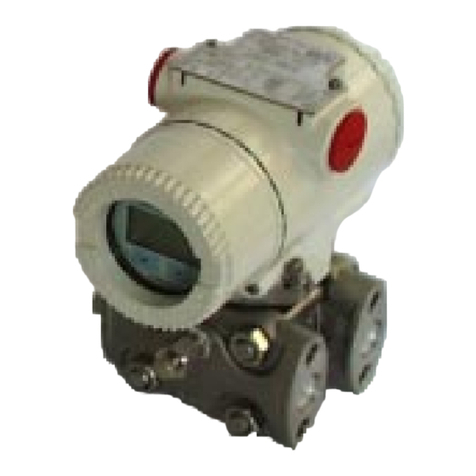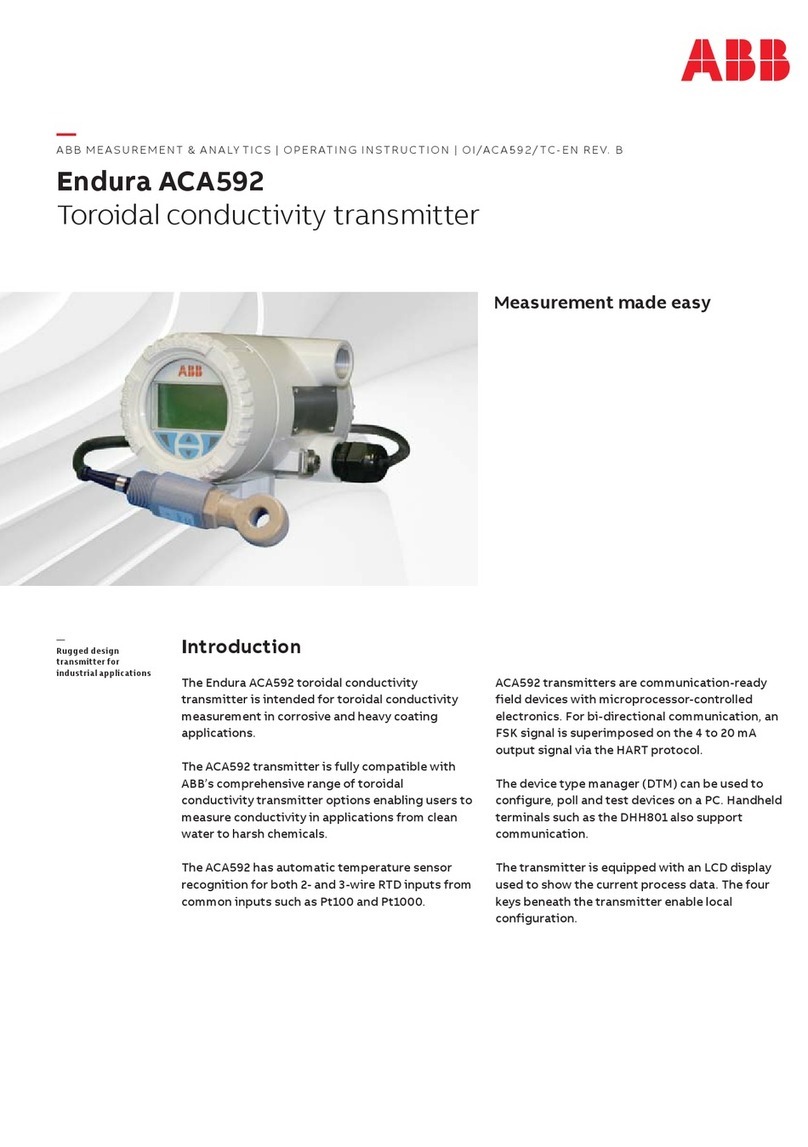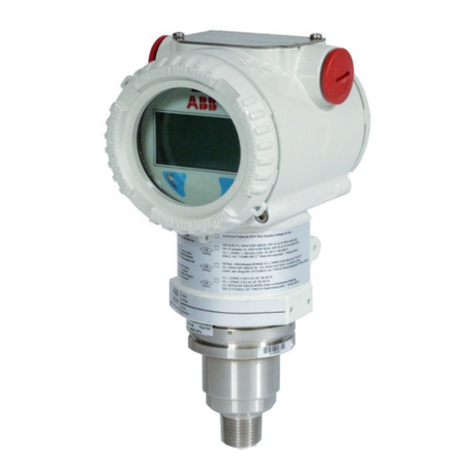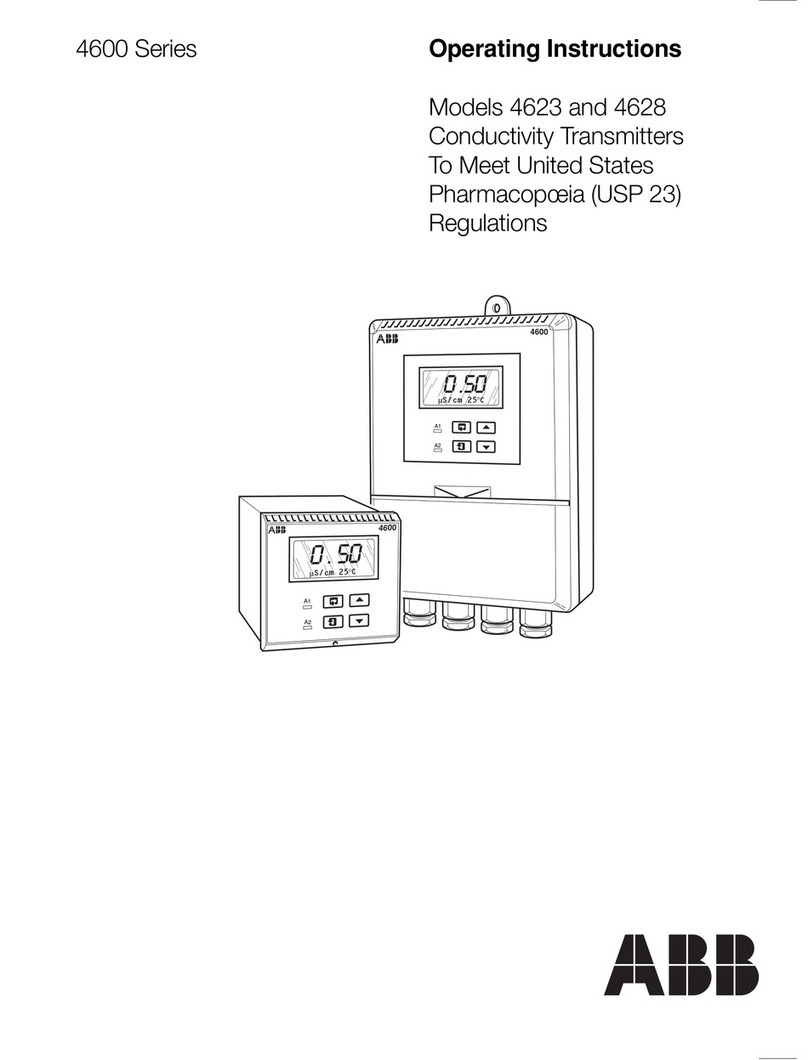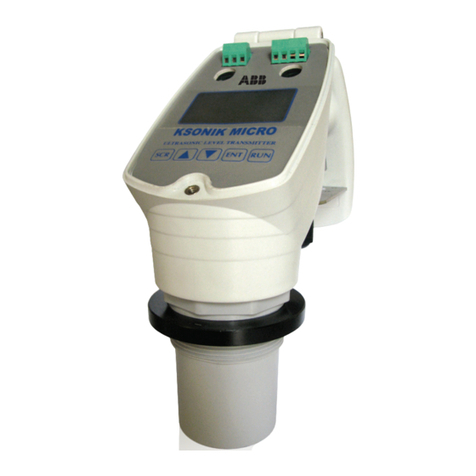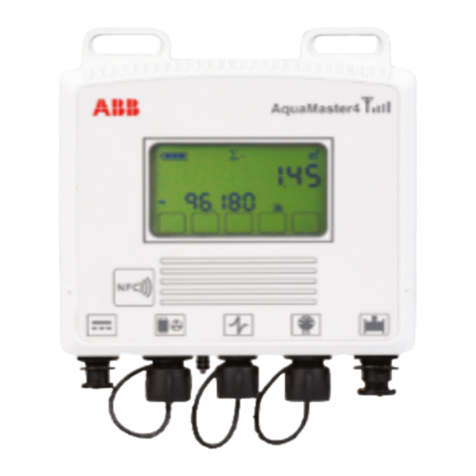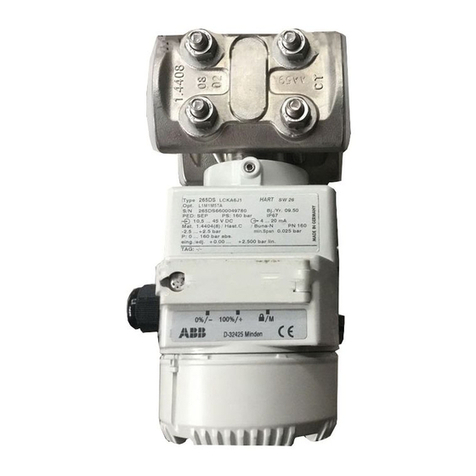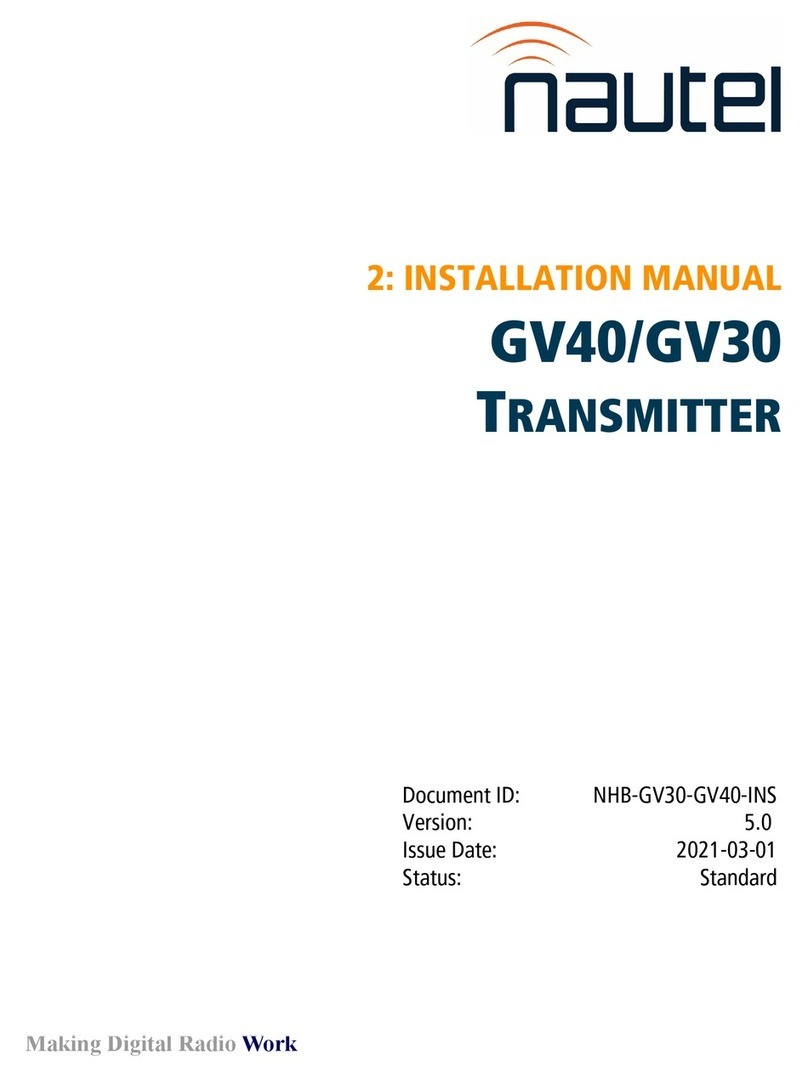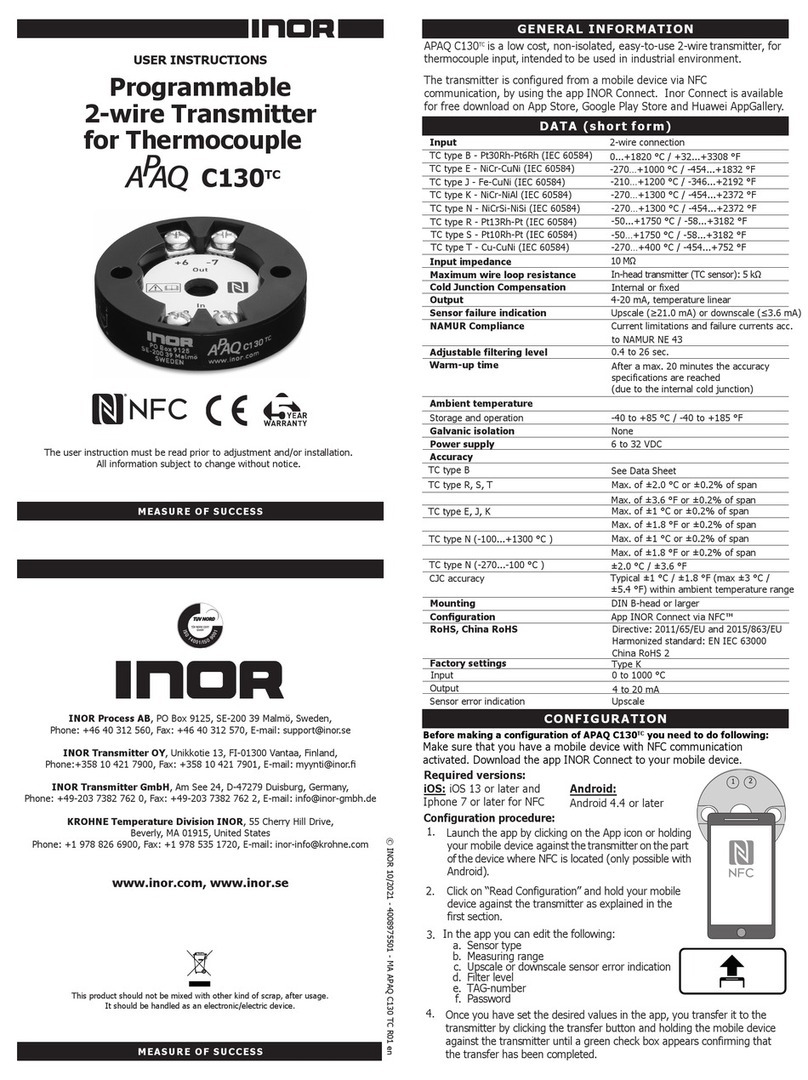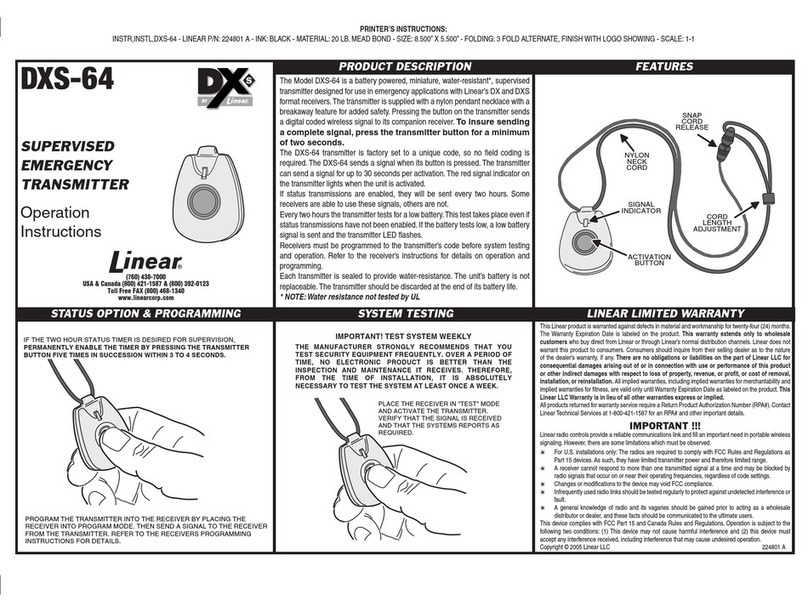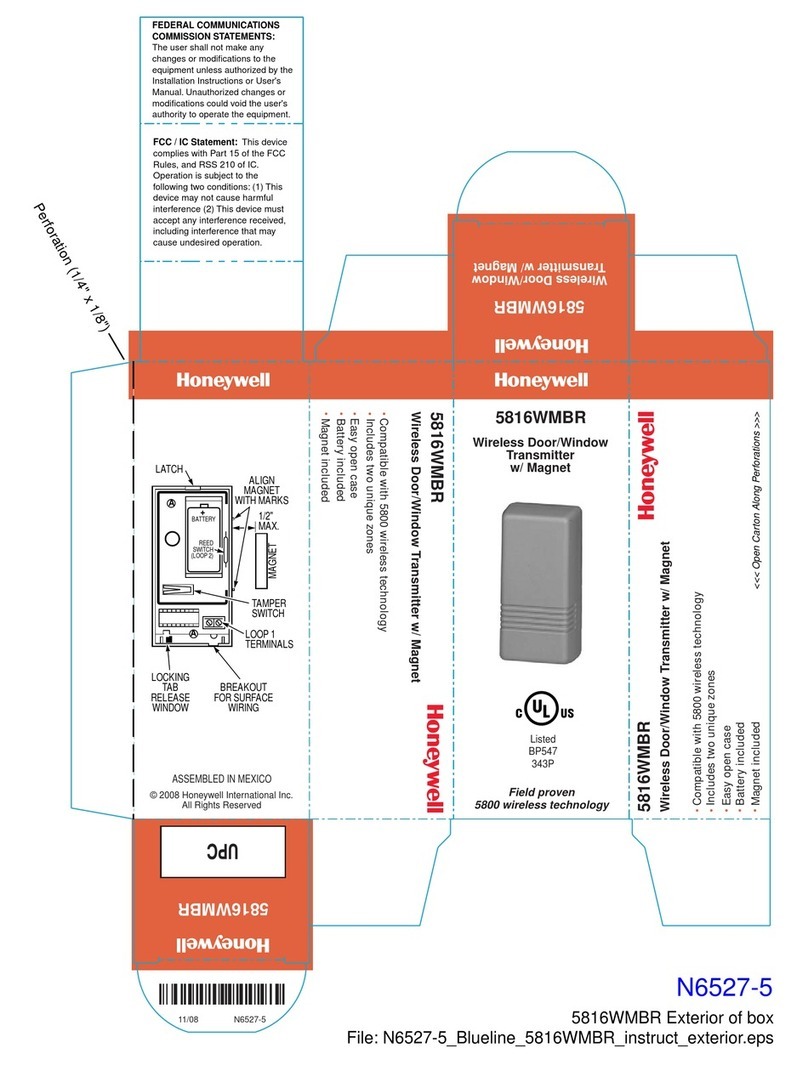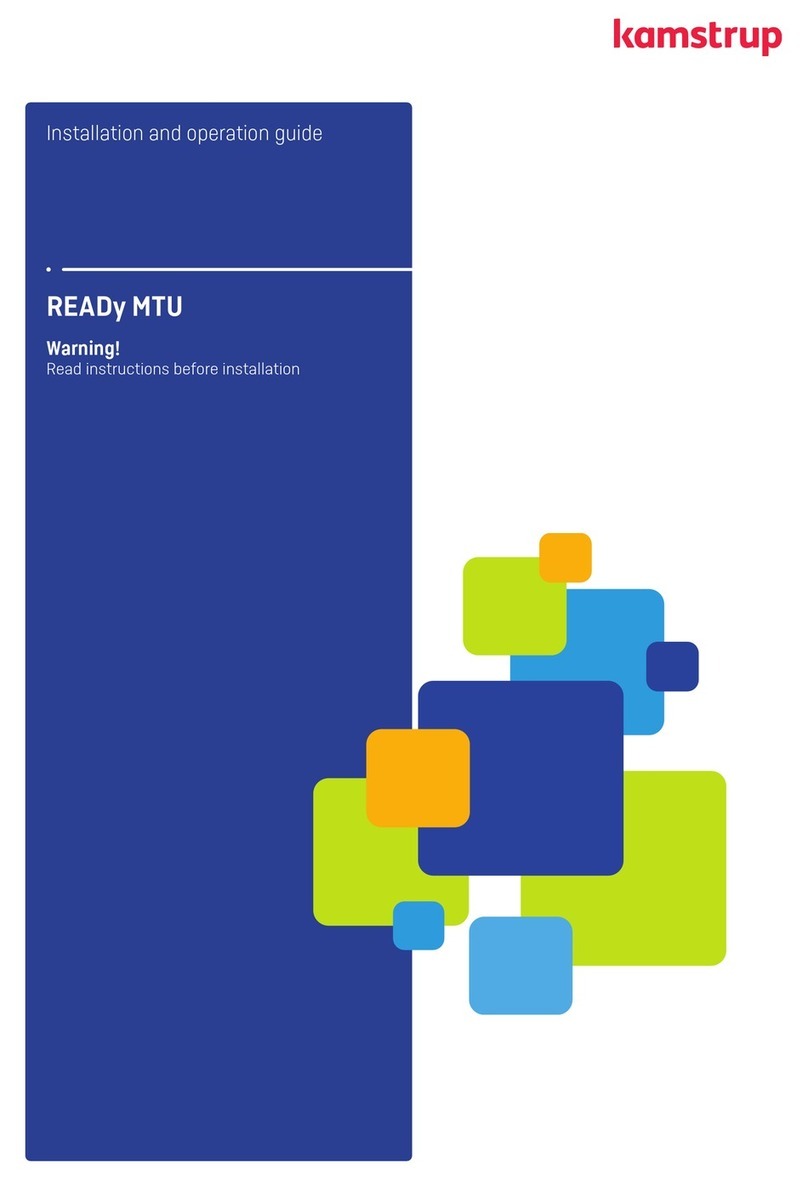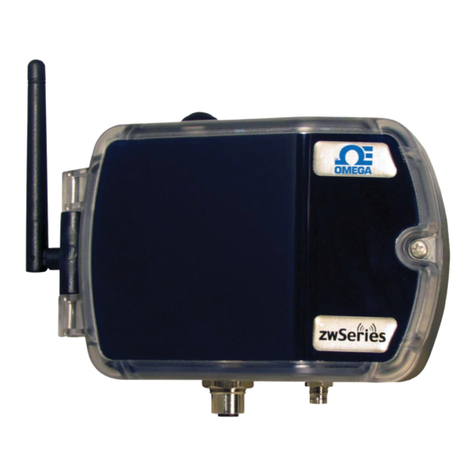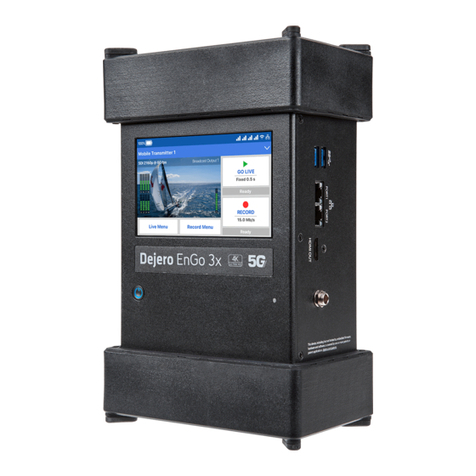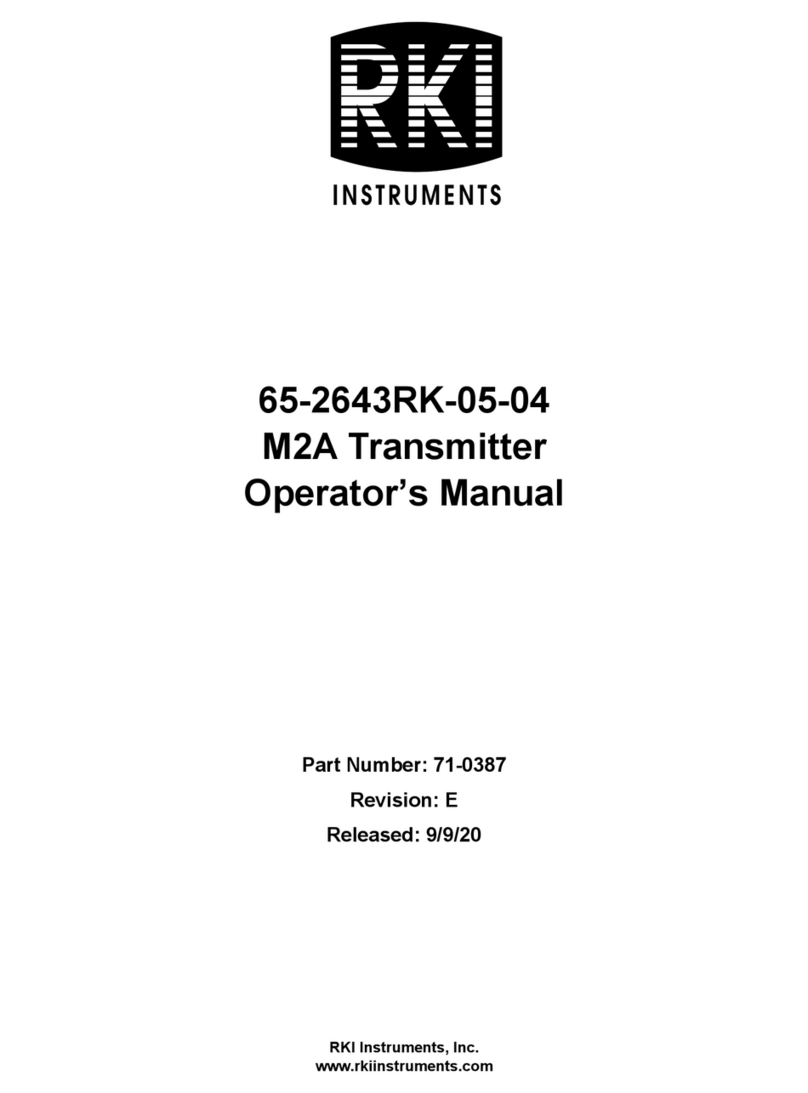
3
Pressure Transmitter Series 2000T and 265Ax, 265Gx, 265Vx, 265Dx, 265Jx, 267Cx, 269Cx SM 265/7/9 SIL-EN
Instructions for Functional Safety
1 Field of application
Differential pressure, gauge pressure and absolute pressure measurements that shall meet the special safety
requirements according to IEC 61508/ IEC 61511-1.
The measuring unit meets the requirements regarding
• functional safety in accordance with IEC 61508/IEC 61511-1
• explosion protection (depending on the version)
• electromagnetic compatibility in accordance with EN 61326 and NAMUR recommendation NE 21.
2 User benefits
Use for
• Pressure limit monitoring
• Continuous measurement
• Easy commissioning
3 Acronyms and abbreviations
Acronym/ Ab-
breviation Designation Description
HFT Hardware Fault Tolerance The hardware fault tolerance of the device.
This is the capability of a functional unit to continue the execution of the
demanded function in case of faults or deviations.
MTBF Mean Time Between Failures This is the mean time period between two failures.
MTTR Mean Time To Repair This is the mean time period between the occurrence of a failure in a
device or system and its repair.
PFD Probability of Failure on Demand This is the likelihood of dangerous safety function failures occurring on
demand.
PFDav Average Probability of Failure on
Demand This is the average likelihood of dangerous safety function failures
occurring on demand.
SIL Safety Integrity Level Safety Integrity Level
The international standard IEC 61508 specifies four discrete Safety
Integrity Levels (SIL 1 to SIL 4). Each level corresponds to a specific
probability range regarding the failure of a safety function. The higher
the Safety Integrity Level of the safety-related systems, the lower the
likelihood of non-execution of the demanded safety functions.
SFF Safe Failure Fraction The fraction of non-hazardous failures, i.e. the fraction of failures without
the potential to set the safety-related system to a dangerous or
impermissible state.
TI Test interval between life testing of
the safety function Time interval between the functional tests of the safety function.
XooY "X out of Y" Voting (e.g. 2oo3) Classification and description of the safety-related system regarding
redundancy and the selection procedure used.
"Y“ indicates how often the safety function is carried out (redundancy).
"X“ determines how many channels must work properly.
Example (pressure measurement): 1oo2 architecture. When one out of
two pressure sensors reaches a defined limit value, a safety-related
system decides, that the pressure limit has to be considered as
exceeded. In a system with a 1oo1 architecture only one pressure
sensor exists.
